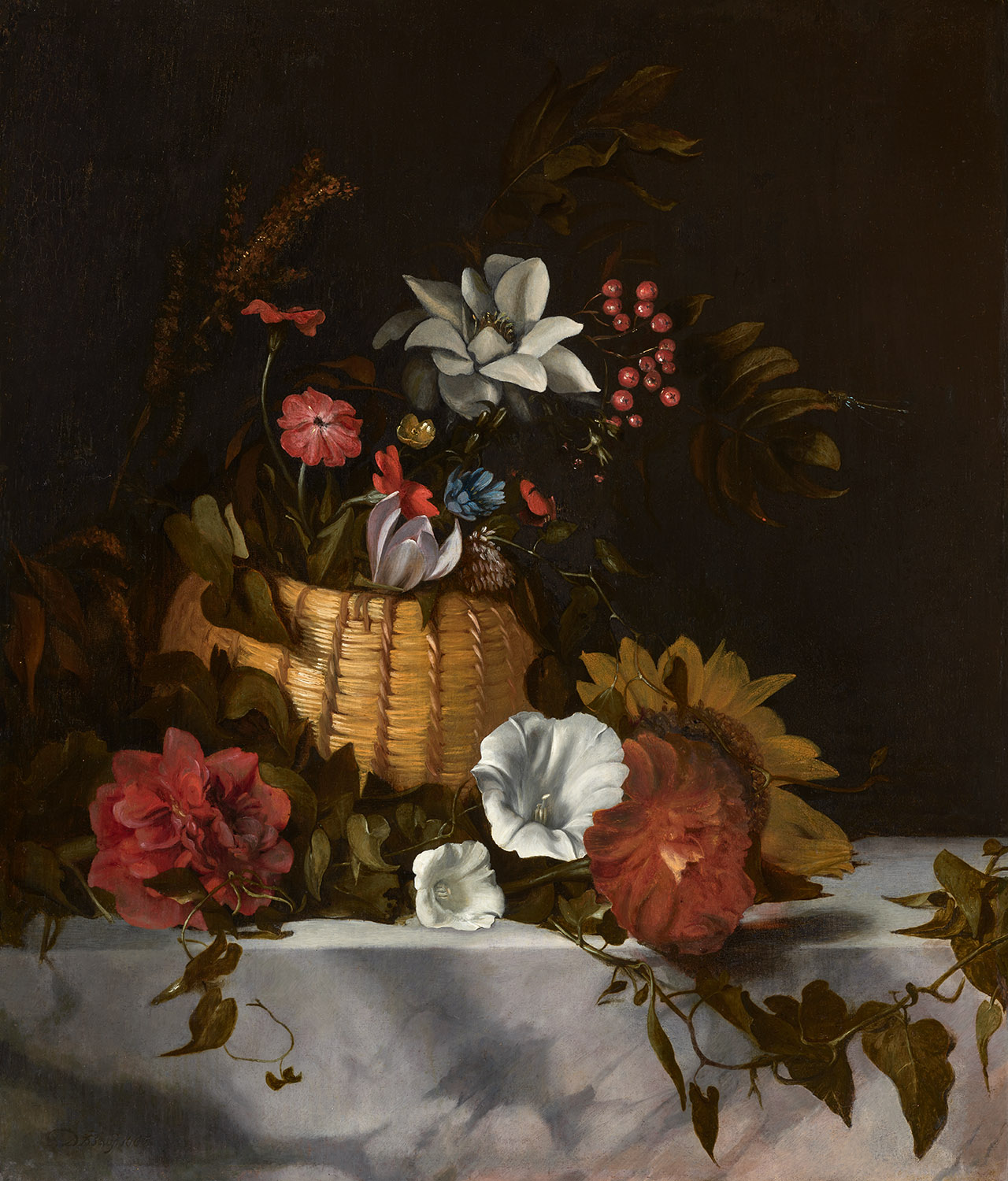This small painting by Adriaen Brouwer shows a peasant seated at a narrow table, absorbed in working with a knife. Although it is difficult to tell exactly what he is doing, he appears to be cutting his thumbnail. In the past it was sometimes thought he was sharpening a quill, but there is no feather in sight and, moreover, this would be a highly unlikely activity for a man of his background: his floppy hat and smock obviously mark him as a peasant type.1
The painting, although unsigned, is unmistakably the work of Adriaen Brouwer. In the 1620s this Flemish painter lived for a time in Haarlem and Amsterdam, and – according to the eighteenth-century artists’ biographer Arnold Houbraken – had studied with Frans Hals.2 In the winter of 1631-1632 he registered as a master painter with the Guild of St Luke in Antwerp, where he continued to live until his early death in 1638. Brouwer is best known for his scenes of smoking, drinking and brawling peasants. In the 1630s he painted many small works showing single figures against an undifferentiated background. These are extremely sketchy and almost monochrome in colour, with the paint applied so thinly that it often allows the brown underlayer to show through. Despite these limited means, Brouwer’s figures are still always strongly characterised.
This little picture clearly also belongs to this group. It can be compared, for example, to a painting of a young man making a face in the National Gallery of Art, Washington (fig. 1), or to two small oval works depicting peasants at a table (Prince of Liechtenstein Collection, Vaduz).3 By contrast, however, our figure is much less caricature-like, being instead carefully observed in his concentrated activity.
The painting’s ground consists of a thinly applied, beige coloured substance.4 In several areas on top of this we find the remains of a bright red under-painting (or perhaps an unfinished picture). Brouwer has made little effort to hide these underlayers. This helps enliven the background, which is covered in semi-transparent light brown paint.
For many years, art historians overlooked this painting: it is listed
in Hofstede de Groot in 1910, but is not included in the catalogues raisonné of Brouwer’s work published by Knuttel in 1962 or Renger in 1986.5 This can probably be explained by the fact that it was for a long time in rather inaccessible private collections. In the early twentieth century it was in the collection of Count Bloudoff in St Petersburg, which was confiscated following the Russian Revolution of 1917. Around 1930 the Bolshevik government decided to sell off part of the national art collections, and the Brouwer, along with a large number of other works, was sold to the art dealers Van Diemen & Co., at the time with offices in Berlin, Amsterdam and New York. Where the painting then ended up is not known; it only reappeared recently.

